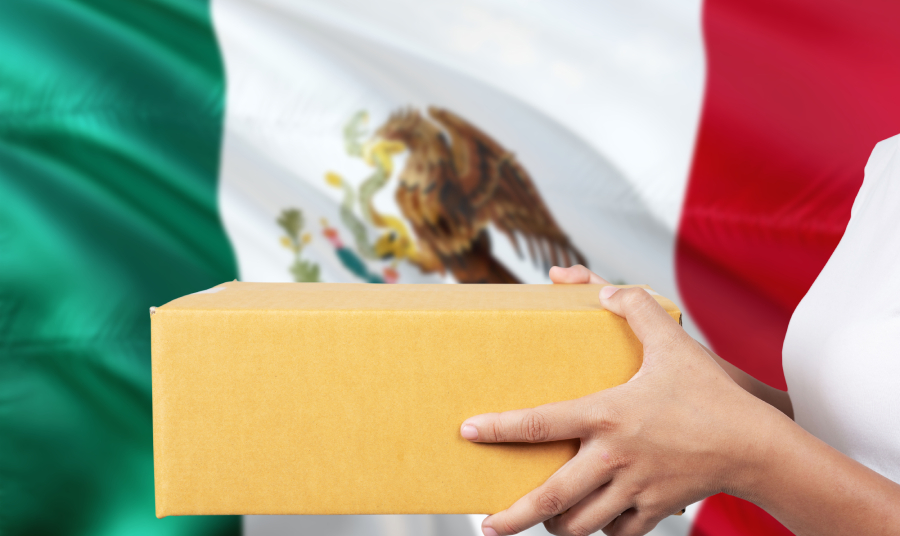For cross-border e-commerce sellers, rising tariffs and complex customs processes can increase costs and slow down deliveries. One effective solution many sellers overlook is the U.S. bonded warehouse. This guide explains what bonded warehouses are, why they matter, and how sellers can use them step by step. What Is a U.S. Bonded Warehouse? A bonded warehouse is a secure facility approved by U.S. Customs where imported goods can be stored without paying duties or taxes upfront. Sellers only pay tariffs when the goods leave the warehouse for U.S. domestic sale. This gives businesses more flexibility in managing cash flow and inventory. Why Should Cross-Border Sellers Use Bonded Warehouses? Types of bonded warehouses There are eleven different classes of bonded warehouses authorized under U.S. customs regulations, each serving specific purposes: Most importers use Class 2 (private) or Class 3 (public) bonded warehouses for their storage needs. How to Use a U.S. Bonded Warehouse: Step by Step 1.Choose a Licensed Bonded Warehouse Look for a warehouse near key U.S. ports or cities where your main customers are located. Make sure it’s properly licensed by U.S. Customs. 2.Arrange Shipping and Documentation Ship your goods to the U.S. with the correct paperwork, including a […]
















